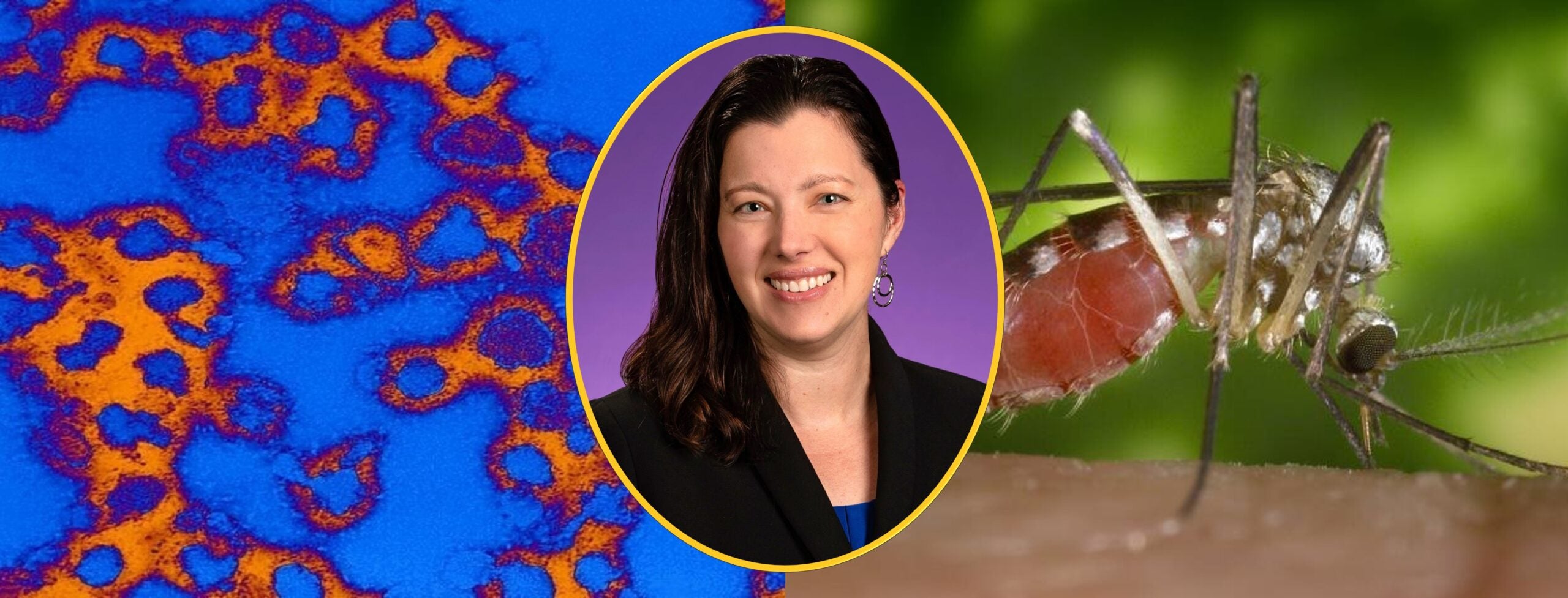Dr. Stephanie Richards received notification, as Principal Investigator (PI), that she will be awarded a National Institutes of Health (NIH) R15 grant (3 years) for her research proposal titled “Socioeconomic impacts of La Crosse encephalitis in western North Carolina”. The award will have a total of $414,370 that includes a subcontract ($129,764) to Dr. Brian Byrd, the Environmental Health Co-PI at Western Carolina University. Dr. Ross Boyce from University of North Carolina (UNC) Gillings School of Global Public Health, Division of Infectious Disease is also a collaborator. ECU collaborators include Dr. Rashmita Basu (Department of Public Health) and Dr. Jie Yang (School of Social Work). An ECU Doctor of Public Health (DrPH) student (Chelsea Atkins) will also be working on the project as part of her dissertation. Two ECU undergraduate students will be recruited to help with the project as the R15 mechanism is focused on exposing undergraduates to research. Each study within the overarching project will expose undergraduate students to methods, technology, and equipment relevant to a wide range of careers in biomedical sciences. This experience will help students develop knowledge, skills, and abilities that could lead to interest in pursuing graduate studies or careers in this field. Congratulations, Dr. Richards!
Title: Socioeconomic impacts of La Crosse encephalitis in western North Carolina
General Summary: La Crosse virus (LACV, family Peribunyaviridae, genus Orthobunyavirus) is the leading cause of arboviral pediatric encephalitis (neuroinvasive LACV disease; NLACVD) in the United States (US), is endemic in western North Carolina (WNC), and several mosquito species (primary vector: Aedes triseriatus; invasive/established: Aedes albopictus and Ae. japonicus) are competent LACV vectors. In NC, most cases occur in WNC within Southern Appalachia, where primary and invasive vectors are commonly found peridomestically. The economic wellbeing of these rural counties is generally low; with almost all counties being classified as Tier 1 (most distressed) or 2, which likely contributes to disparities related to low awareness of risk, poor adherence to personal protection measures, and limited clinical recognition in the absence of severe disease. While the total number of cases each year is relatively low, socioeconomic (SE) and public health burden is substantial and long-lasting. Clinical, developmental, and SE impacts of LACVD/NLACVD will be examined in an endemic area. We will also examine whether incidence of mosquito vectors is associated with LACVD/NLACVD incidence. We hypothesize that (a) SE impact of LACVD/NLACVD in rural areas is significant and not known at hospital discharge, (b) there is a need for community education about risks, prevention, treatment, and recovery resources, and (c) incidence of vectors is related to LACVD/NLACVD. The primary outcomes of this proposal will be a better understanding of the socioeconomic burdens of LACVD/NLACVD for western NC families and of public knowledge of risk and prevention strategies in affected areas. We will also have a clearer understanding of environmental risk factors at LACVD/NLACVD case residences/properties through site assessments, mosquito trapping, and screening mosquitoes for LACV, with comparison to neighboring non-case properties. These data are necessary (and currently unavailable) for the development of education campaigns, interventions, and regulatory policies to prevent mosquito-borne diseases.
Photo source: CDC Public Health Image Library, Tennessee Department of Health




